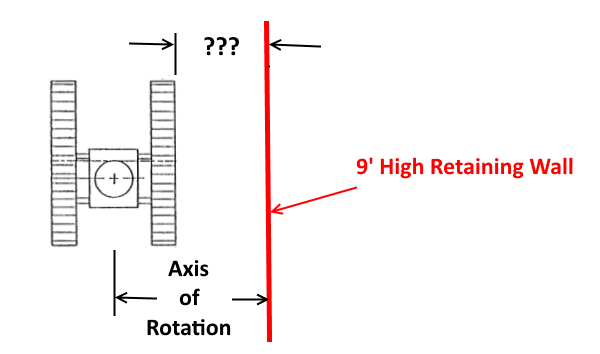Ayush Atriwal
Structural
I am designing a 9 ft deep retaining wall which will support the load of a crane 6 ft from its face. From the technical sheet (attached), the weight of the crane is about 211 kips and the maximum base reaction on its belt will be about 52.6 psi (7500 psf). Applying Bousseniq's equation for lateral pressure, this gives me pressures over 1500 psf! I am afraid I am doing something wrong because there is no way a 12" thick wall can support those lateral pressures unless restrained somehow at the top. How do you guys design retaining walls for such cases?



![[idea] [idea] [idea]](/data/assets/smilies/idea.gif)